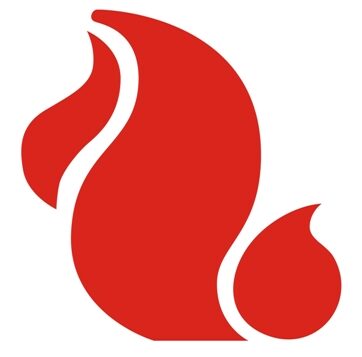This tutorial is actually from the book learning Handling because of the Daniel Shiffman, compiled by Morgan Kaufmann, © 2008 Elsevier Inc. All the legal rights arranged. Once you see one problems otherwise possess statements, excite write to us.
An electronic digital photo is absolutely nothing more investigation – amounts exhibiting distinctions out of yellow, environmentally friendly, and you will bluish at a certain location towards an effective grid out of pixels. Quite often, i evaluate these pixels since miniature rectangles sandwiched together toward an excellent computer display. With some imaginative thought and several straight down height manipulation out of pixels with code, however, we are able to monitor you to information during the all kinds of implies. It course are serious about breaking out-of easy figure drawing during the Control and making use of photographs (as well as their pixels) as building blocks of Control image.
Getting started with photographs.
Hopefully, you are comfortable with the notion of data versions. You really indicate them commonly – a drift adjustable «speed», a keen int «x», etcetera. Talking about most of the primitive analysis products, parts resting on the personal computer’s thoughts ready for the use. Regardless of if perhaps a bit trickier, you we hope additionally use objects, cutting-edge research designs you to definitely store several pieces of investigation (in addition to functionality) – an excellent «Ball» group, such, you’ll tend to be floating point details getting area, size, and you may rates as well as methods to circulate, display screen alone, and the like.
Together with user-discussed stuff (such as Baseball), Operating have a bunch of handy groups all ready going versus all of us writing one code. Within this tutorial, we’re going to have a look at PImage, a course for loading and you may showing a photograph as well as considering their pixels.
Using an exemplory instance of a good PImage target isn’t any different than having fun with a person-laid out class. Basic, a variable regarding sort of PImage, entitled «img,» try proclaimed. Next, a separate illustration of a great PImage target is generated through the loadImage() approach. loadImage() takes you to definitely conflict, a set indicating a file term, and you can plenty new you to document to the memories. loadImage() looks for visualize records kept in your own Operating sketch’s «data» folder.
This will start the design folder. If there is zero studies index carry out you to. If you don’t, put your visualize documents into the.
Throughout the over example, you may think sometime unusual that we never entitled good «constructor» so you’re able to instantiate new PImage object, stating the PImage() . Whatsoever, in the most common target-associated advice, an excellent constructor is essential to possess creating an object such as for instance.
In fact, the fresh loadImage() form works work out of a constructor, going back a fresh example of a great PImage object produced of the desired filename. We could look at it while the PImage constructor for loading pictures regarding a document. Having carrying out an empty photo, the latest createImage() means is utilized.
We wish to in addition to note that the process of packing the image from the hard disk drive with the memory is actually a slowly you to, and in addition we should make sure our very own system only has to-do it after, inside the setup() . Packing photographs inside mark() may result in sluggish overall performance and «Out-of Memories» errors.
While the photo is actually stacked, it’s shown towards visualize() form. The picture() form need is step 3 arguments – the picture become presented, new x area, as well as the y area. Optionally a few arguments is put into resize the picture to a specific thickness and you may peak.
Your own first http://datingranking.net/tr/coffee-meets-bagel-inceleme/ image running filter
Whenever displaying a photograph, you might also transform their looks. Perhaps you would like the image to seem black, transparent, blue-ish, an such like. These easy visualize selection try achieved which have Processing’s tint() mode. tint() is essentially the picture same in principle as shape’s fill() , form the colour and you will leader visibility for demonstrating a photograph with the screen. A photograph, nonetheless, isn’t constantly all you to colour. The fresh arguments having tint() just specify how much cash from certain color to use for all pixel of that visualize, as well as how clear those people pixels is come.
